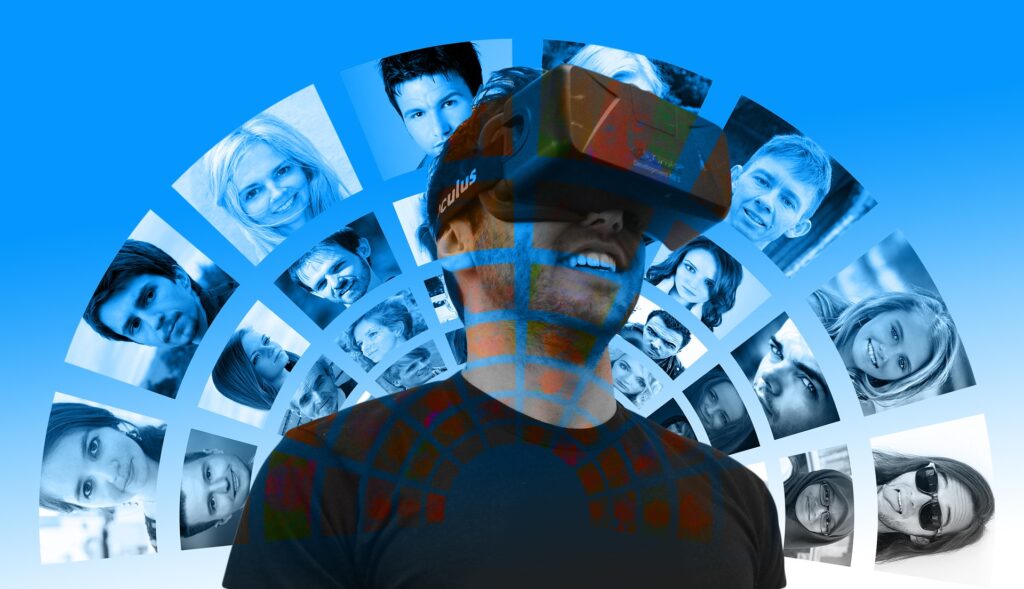Edge computing is here… but what are the advantages?
Following the widespread adoption of cloud computing, it is time to analyse an important rising technology trend: edge computing.
Cloud computing as a concept needs no introduction. The technology has been adopted by major players in the tech industry like Google, Microsoft and Amazon, who have used cloud computing for their respective Cloud Platform, Azure and Web Service projects. Despite the fact that more businesses are migrating to cloud computing, the rising tech trend to analyse and understand could be edge computing.
Edge computing could well be the solution to the perceived criticisms of running operations on the cloud. Such criticisms are based on the latency that can be experienced with cloud computing, along with the need to send data to a data centre in order to be processed.
Edge computing, meanwhile, does not have the same requirements. It occurs near the physical location of the user or the data source. When computing services are located closer to the user or source of data, users can benefit from experiencing fast and reliable services. Companies can also benefit using hybrid cloud computing, and by distributing resources across a range of locations. Edge computing has therefore been described as acting like “mini data centres”.
How can tech companies use edge computing?
Edge computing can be used by companies to run connected operations, from a core data centre to the locations of users and their data. Using edge can, in essence, extend a cloud environment to more locations, much like how cloud computing lets companies operate the same tasks in their data centre and on the public cloud.
Edge computing is already used in multiple industries, such as manufacturing and telecommunications, but its rise in adoption could lead to it featuring in more and more consumer electronic products and services.
The implementation of edge in different industries
Companies can use edge computing to process data locally and as it happens, instead of sending data to a centre where there can be delays and latency. For example, companies can link devices to a centralised data platform so that they can receive software updates or share filtered data that can further improve operations.
Another use for edge computing is connected vehicles. Public transport and delivery services often use computers to analyse passenger flow and service delivery. Drivers who don’t have fixed rounds can use edge computing to find the best possible routes to take. Services can become more dependable, while data remains uniformly secured.
There is also a use with autonomous vehicles. Edge computing can process large amounts of data as it happens, even though connectivity is not consistent. With edge, driverless cars can process large amounts of data on board the vehicle to decrease the chances of latency. To receive software updates, the vehicles can still connect to a centralised location.

Edge computing for content delivery networks
Edge could seem to be an effective tool for content delivery networks, namely with maintaining fast internet services. Companies can establish data servers that are located close to their user base, which would essentially let websites load at a fast rate and host fast-streaming services.
By offering stable services at arguably a lower cost, edge computing could translate to a more enjoyable and consistent user experience for internet-based services.
On paper, it can decrease the costs of operating a network, along with navigating the limitations of bandwidth, transmission delays and limit service failures.
Even as augmented and virtual reality opportunities and services open up more and more, edge may be the best manner of computing, as they are both applications that actually benefit from lower response time.

